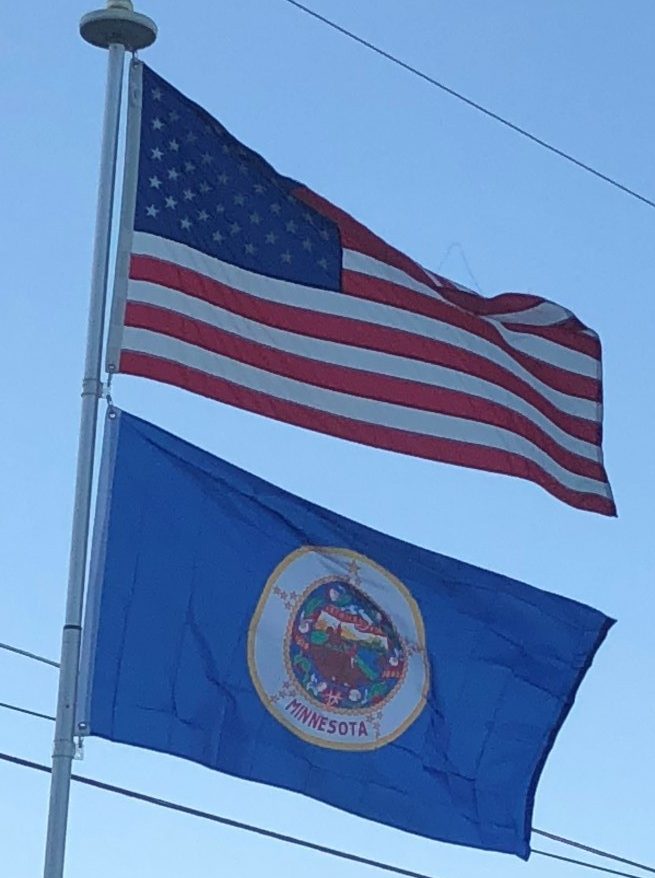
In 2008, thirty-three of the United States’ top 1,000 publicly traded companies, by revenue, were headquartered in Minnesota, including Target, UnitedHealth Group, 3M, General Mills, U.S. Bancorp, Ameriprise, Hormel, Land O’ Lakes, SuperValu, Best Buy, and Valspar. Private companies based in Minnesota include Cargill, the largest privately owned company in the United States, and Carlson Companies, the parent company of Radisson Hotels.
Industry and Commerce:
Minnesota’s earliest industries were fur trading and agriculture. The city of Minneapolis grew around the flour mills powered by St. Anthony Falls. Although less than one percent of the population is now employed in the agricultural sector, it remains a major part of the state’s economy, ranking sixth in the nation in the value of products sold. The state is the U.S.’s largest producer of sugar beets, sweet corn, and green peas for processing, and farm-raised turkeys. Minnesota is also a large producer of corn and soybeans. Minnesota has the most food cooperatives per capita in the United States. Forestry remains strong, including logging, pulpwood processing and paper production, and forest products manufacturing. Minnesota was famous for its soft-ore mines, which produced a significant portion of the world’s iron ore for over a century. Although the high-grade ore is now depleted, taconite mining continues, using processes developed locally to save the industry.
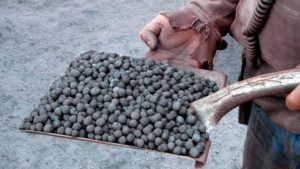
In 2004, the state produced 75 percent of the country’s usable iron ore. The mining boom created the port of Duluth which continues to be important for shipping ore, coal, and agricultural products. The manufacturing sector now includes technology and biomedical firms, in addition to the older food processors and heavy industry. The nation’s first indoor shopping mall was Edina’s Southdale Center, and its largest is Bloomington’s Mall of America.
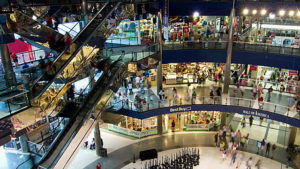
Energy Use and Production:
Minnesota produces ethanol fuel and is the first to mandate its use, a ten percent mix (E10). A two percent biodiesel blend has been required in diesel fuel since 2005. As of December 2006, the state was the country’s fourth-largest producer of wind power, with 895 megawatts installed and another 200 megawatts planned, much of it on the windy Buffalo Ridge in the southwest part of the state.
Transportation:
Roadways:
Transportation in Minnesota is overseen by the Minnesota Department of Transportation.
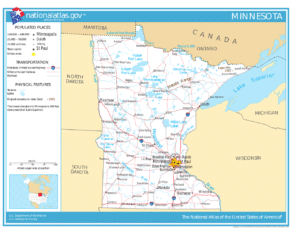
Principal transportation corridors radiate from the Minneapolis–St. Paul metropolitan area and Duluth. The major Interstate highways are Interstate 35 (I-35), I-90, and I-94, with I-35 and I-94 passing through the Minneapolis–St. Paul metropolitan area, and I-90 traveling east-west along the southern edge of the state.
Air:
Minnesota’s principal airport is Minneapolis–St. Paul International Airport (MSP), a major passenger and freight hub for Delta Air Lines and Sun Country Airlines.
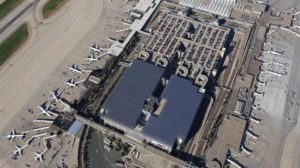
Most other domestic carriers serve the airport. Large commercial jet service is provided at Duluth and Rochester, with scheduled commuter service to four smaller cities via Delta Connection carriers SkyWest Airlines, Compass Airlines, and Endeavor Air:
St. Cloud (STC) has seasonal and charter services available but no year round scheduled commercial service.
Train:
Amtrak’s daily Empire Builder (Chicago–Seattle/Portland) train runs through Minnesota, calling at the Saint Paul Union Depot and five other stations. The Northstar Line commuter rail service runs from Big Lake to the Target Field station in downtown Minneapolis.
